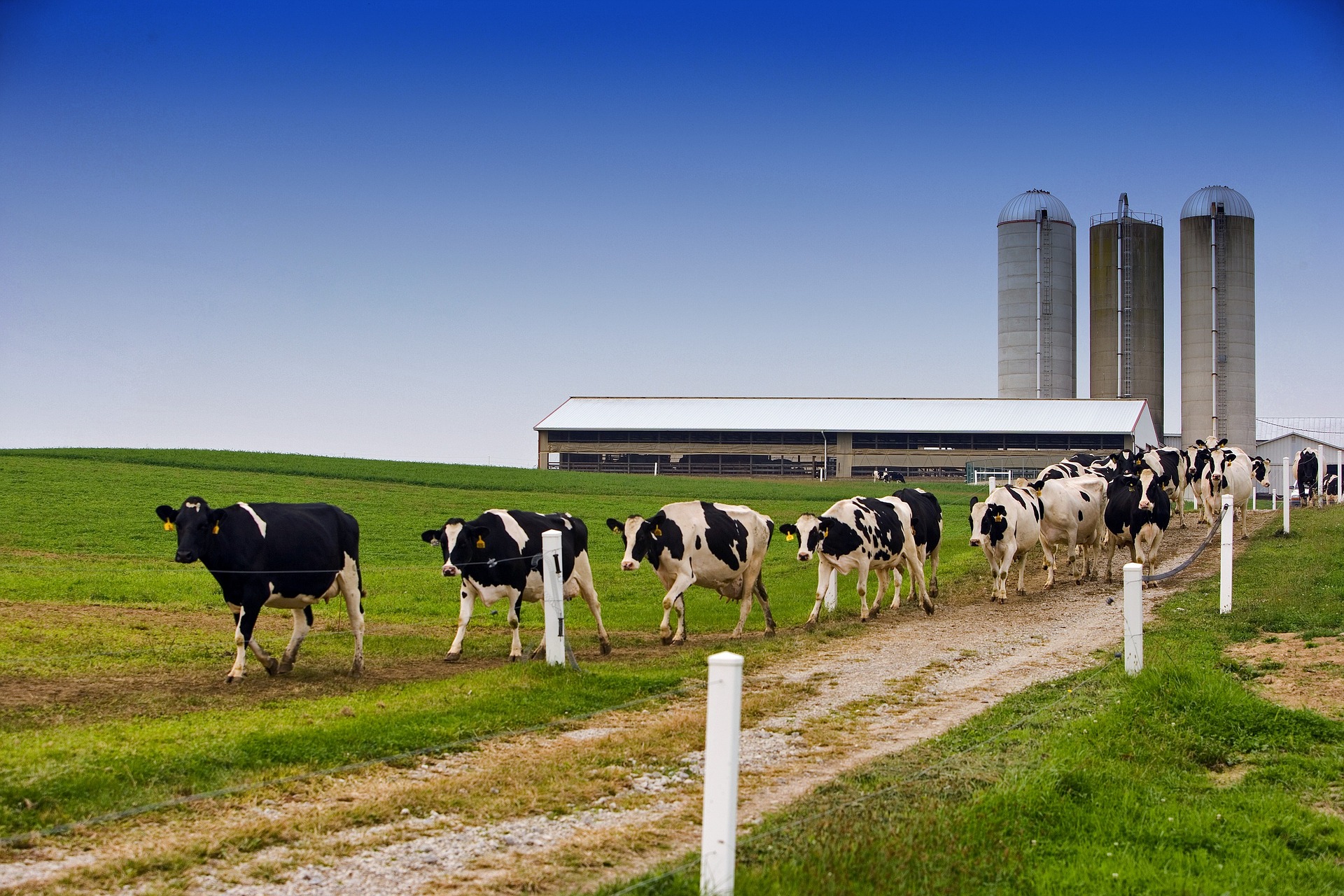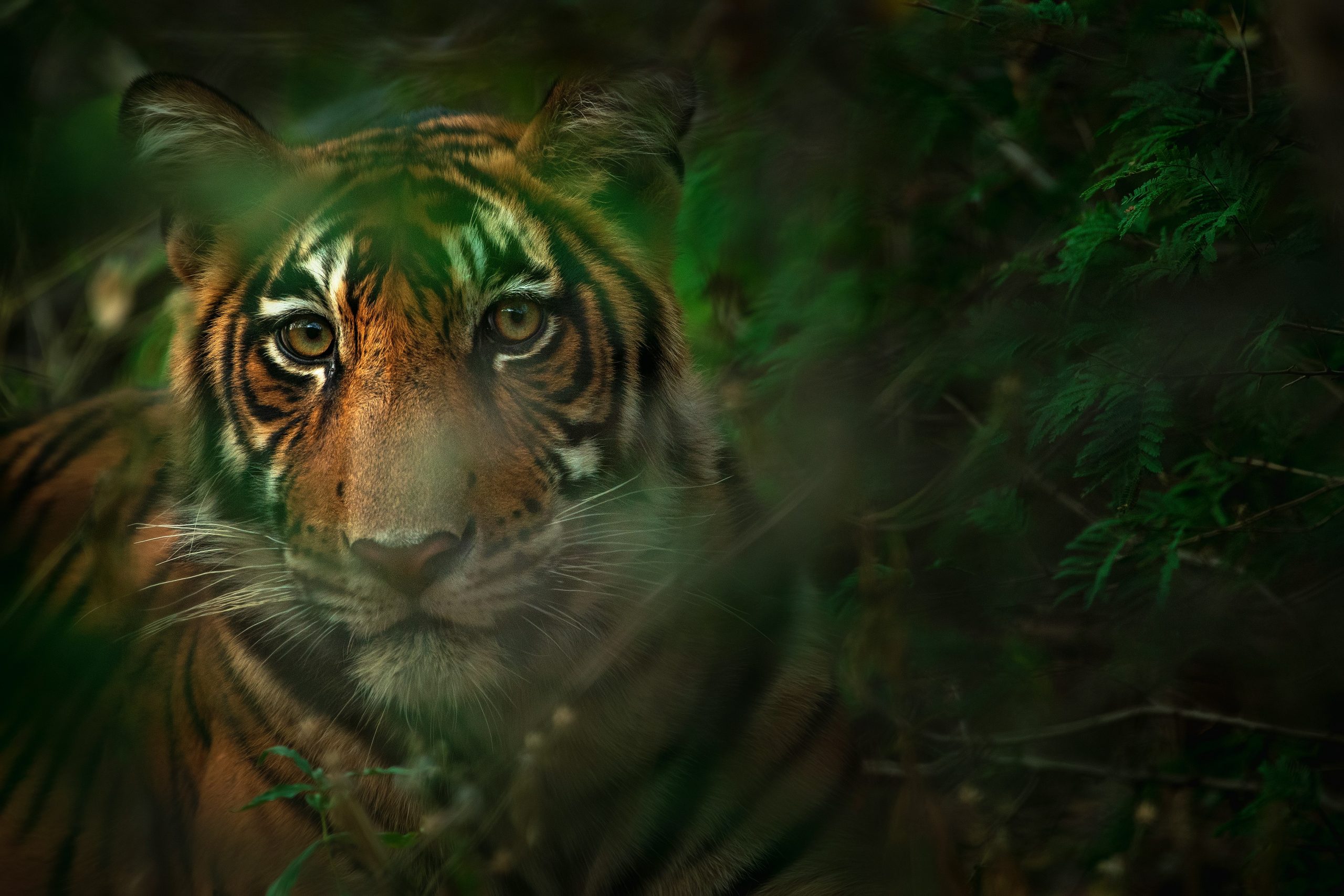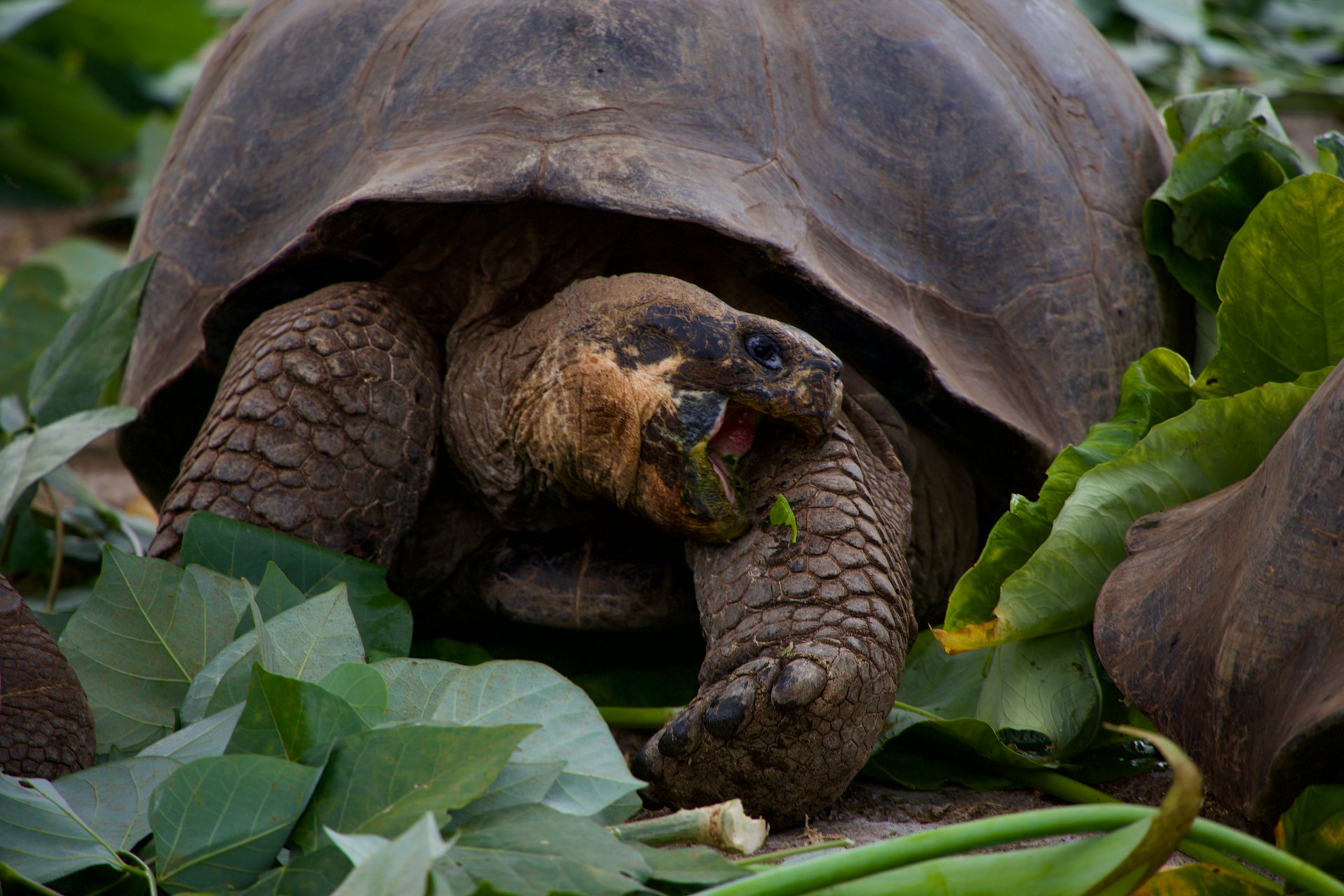NIH Image Gallery from Bethesda, Maryland, USA, Public domain, via Wikimedia Commons
In 1931, Winston Churchill famously proclaimed that one day technology would allow humans to ‘escape the absurdity of growing a whole chicken in order to eat the breast or wing by growing these parts separately under a suitable medium’.
To this day, perhaps even more absurdly, we grow a whole cow in order to drink the milk or eat the cheese that it produces. It seems that technology has yet to live up to Churchill’s prediction.
Or is that indeed the case?
“Lab-grown”, “synthetic”, or “clean” meat, as Churchill pictured, may still have a way to go before it reaches our supermarket shelves. In large part, this is due to the difficulties associated with synthesising complex biological molecules and structures, in a way that accurately mimics animal meat.
Animal dairy, on the other hand, represents a range of products with a typically uniform texture and significantly simpler biological molecules than meat. Such properties may allow us to synthesise realistic alternatives far sooner than we might expect.
Why the need for an animal dairy alternative?
The rapidly expanding animal dairy industry is hugely environmentally damaging. A study conducted in 2021 by the ‘UN Food and Agriculture Organisation (FAO)’ suggested that global bovine milk production reached nearly 906 million tonnes in 2020, a 2% increase relative to the previous year. This drives habitat loss, pollution, eutrophication and global warming. A 2013 FAO study found that whilst global livestock production accounted for 14.5% of greenhouse gas (GHG) emissions in 2004, dairy was responsible for around 20% of this figure. In other words, dairy production alone represented 2.9% of global GHG emissions that year.
Its environmental impacts aside, only a minority of people can safely consume animal dairy. Lactose intolerance is a condition shared by around 68% of the global population, with especially high rates in Asian, African and South American countries. It is caused by the silencing of the gene encoding lactase (the enzyme responsible for the breakdown of lactose) after infancy – since lactose is the primary sugar of breastmilk. Lactose, as the major sugar component of animal dairy, excludes the majority of us from even consuming the products. Perhaps this lactose-intolerant population could represent a considerable untapped market by the existing animal dairy industry.
So, how do we solve the issues associated with animal dairy?
Plant-based solutions to the problem of animal dairy
Products made from plants are providing an increasingly popular and diverse range of alternatives to animal dairy. Omitting lactose from plant-based dairy products makes them consumable to a far wider market than their animal counterparts. These substitutes are produced by processing plant products, such as nuts or seeds, and adding water, vitamins, minerals and flavour enhancers.
Although this industry is still relatively small compared to that of animal dairy, it is growing rapidly. One study estimated that the global market value of plant-based dairy products was 22.6 billion USD in 2020, and was expected to almost double to 40.6 billion USD by 2026.
A 2018 study by Poore and Nemecek at the University of Oxford found that plant-based milks were significantly less environmentally damaging than bovine milk. The authors used a comprehensive life cycle analysis (LCA) to come to this conclusion. LCAs measure the environmental impact of a product as the sum of each distinct part required in producing and using the it across the course of its life. In other words, this is its total environmental impact accounting for manufacture, transport and sale. The study deployed this analysis to compare the total land use, GHG emissions, eutrophication, and water use of bovine milk with the four most common plant-based substitutes. The results showed that bovine milk had the highest environmental impact across all four metrics.

Despite these apparent benefits, the plant-based dairy industry still lags far behind that of animal dairy. What is holding plant-based dairy back?
The reality is that many consumers simply prefer the taste, texture and feel of animal dairy. Animal dairy is intimately linked with cultural and culinary traditions around the world in a way that plant-based dairy is not. Perhaps this link is best illustrated by the army of contestants annually flinging themselves down Cooper’s Hill after a bouncing Double Gloucester.
While some claim that the lower saturated fat and cholesterol content of plant-based dairy make them a healthier alternative, others argue that they tend to be lower in protein and often contain artificial ingredients, making them less good for you overall.
The solution, surely, is a much closer mimic of animal dairy, providing equivalent nutrition, while lacking the associated environmental and health-related issues.
The current state of lab-grown dairy
Lab-grown dairy is based on the idea of precision fermentation. In this context, precision fermentation refers to the genetic modification of microorganisms through insertion of animal genes encoding dairy proteins. This enables the microorganisms to then produce these proteins independently. Once harvested, the proteins can be mixed with water, minerals, vitamins and plant-based nutrients, such as fats, to generate vegan dairy substitutes.
Although few commercial products have been released so far, several companies around the world are working to develop the first range of lab-grown dairy alternatives. Of these, Silicon Valley-based start-up, Perfect Day, is arguably the front runner, having released its first commercial product in the form of ice cream in 2019.
The major protein component of dairy comprises four types of casein and two types of whey. While Perfect Day has ambitions to develop all six of these proteins, to date, they have only commercialised β-lactoglobulin, the major whey component in bovine dairy.
The company uses the filamentous fungus Trichoderma reesei as a host organism. The domestic cow gene, encoding β-lactoglobulin, is inserted into its genome, allowing it to synthesise the protein. Although not publicly known, this is likely achieved through CRISPR/Cas9 gene editing techniques, which “cut” and “paste” the gene from the genome of one organism to that of the other.

To grow and extract the protein, the recombinant fungus first undergoes a process known as submerged fermentation. This involves fermenting it in a medium with optimal growth conditions, followed by repeated rounds of centrifugation and filtration, and finally, ultrafiltration and drying, leaving a cream-coloured powder with a β-lactoglobulin purity of 90%.
Ultimately, instead of using plant-based alternatives, Perfect Day aims to generate other components of dairy, such as fats, using similar methods. However, according to Ty Wagoner, one of Perfect Day’s principal food scientists, ‘if we’re trying to recreate dairy products (from scratch), the protein gets us 80% of the way there. Nothing gives us the impact quite like the proteins do’. Proteins are largely responsible for the emulsifying, gelling and foaming properties that we love in dairy products and so are currently the priority.
As for sugars, lactose has been shown to add very little to the taste or texture of dairy, so using plant-based substitutes solves the issue of lactose intolerance completely.
Keen to determine how the environmental impacts of their lab-grown dairy compared to animal and plant-based equivalents, Perfect Day commissioned an LCA to look at multiple metrics. From global warming potential to primary energy demand and water consumption, it suggested that their product had vastly lower environmental impacts than animal dairy and seemed much more in line with those of plant-based alternatives.
The lab-grown dairy industry is still in its infancy. It is, therefore, difficult to predict the environmental impacts of a marketed range of products. However, market upscaling, a switch to renewable energy sources, and increased research and development are likely to drive these environmental costs down even further.
What will the dairy of the future look like?
In theory, lab-grown dairy could provide the perfect solution: low environmental impacts and no lactose, while preserving the taste, texture and feel of animal dairy. By replicating animal dairy perfectly through synthetic biology, a finished product could be completely indistinguishable from the real thing.
Some, of course, will still opt for plant-based alternatives, for personal preference or health reasons. But when hyper-realistic, lab-grown animal dairy substitutes start establishing themselves on supermarket shelves, at lower prices than genuine animal dairy, will anyone really stick to the original?
With so many unknowns, predicting when this switch is likely to happen is challenging. However, the rate of technological progress in this field, as well as the major financial investment from several banks and food giants (such as Nestlé and Danone), has led some experts to suggest such products might be commonplace in Western supermarkets within the next ten years.
Not only might lab-grown dairy replace animal dairy, it might actually improve it. Pandya, a cofounder of Perfect Day, suggested that lab-grown dairy would be “tuneable”, meaning that factors such as the “nutritional profile” and “melting characteristics” could be artificially adjusted. Perhaps lab-grown dairy has the potential to create an even better, tastier and more diverse range of products than animal dairy ever could.





